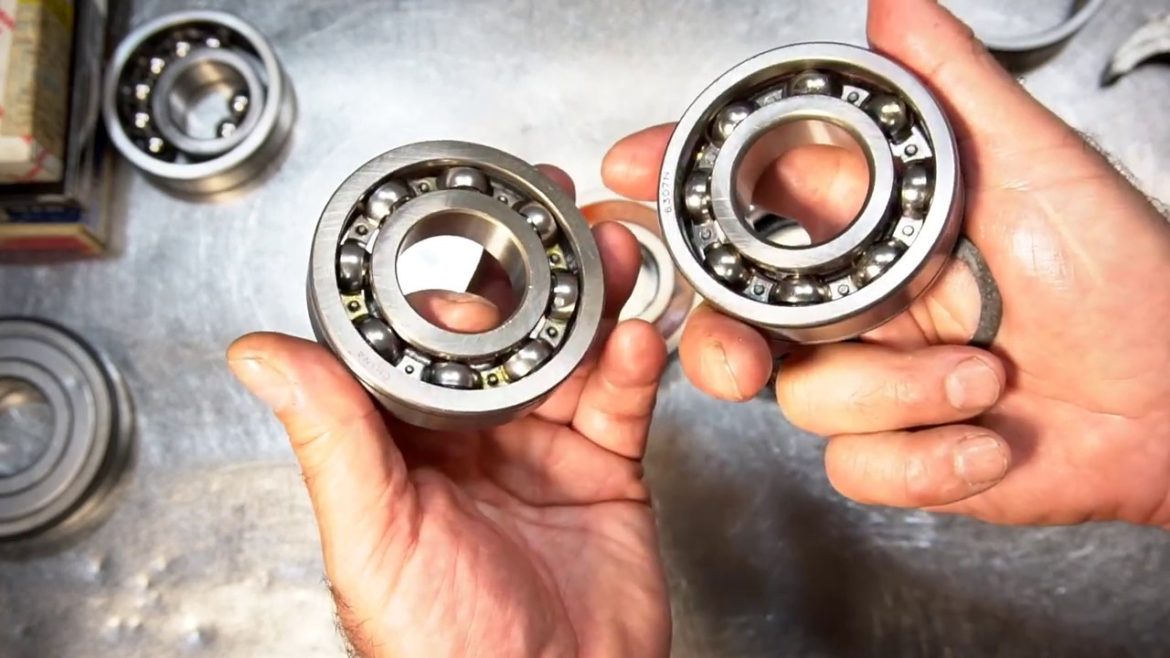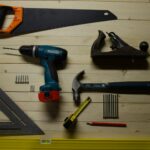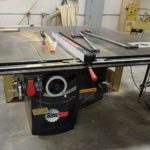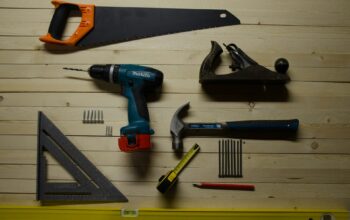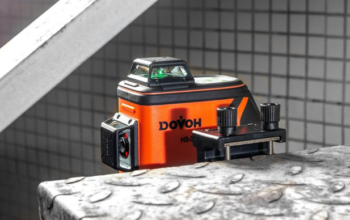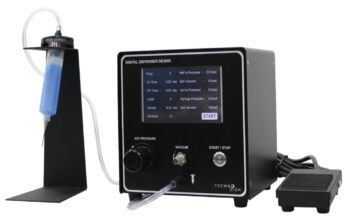Everything tends to break at some point or the other no matter how well you maintain it. The same thing applies to ball bearings that are used in your company’s machines but you can’t prevent most if not all of the machine related issues that can lead to loss of productivity and downtime which can be expensive.
This article shows the main factors that cause bearing failure and how to best prevent them from occurring. Read on to get the most life out of your ball bearings and increase your productivity and reduce downtime:
- Lubrication Failure
80% of ball bearings failures occur due to improper lubrication. This occurs due to the application of unsuitable lubricants, not enough lubrication and temperatures that tend to degrade the lubricant.
How to Fix It: Apply the correct type of lubricant in the required quantities and follow the proper relubrication intervals.
- Contamination
Contamination occurs when foreign substances such as steel chips, dust, abrasive grit and dirt get into cleaning solutions or bearing lubricants.
How to Fix It: Clean your work tools, filter the lubricant and make sure that your employees wash their hands to lessen the chances of contamination.
- Improper Mounting
Bearings should normally be mounted with a press fit on the rotating ring.
How to Fix It: Follow the proper mounting instructions and train your employees so that they understand the difference between a properly and improperly installed mounting.
- Misalignment
Improper installations, out-of-square clamping nuts, out-of-square spacers, shaft shoulders and bent shafts can all cause misalignment which can lead to separator failure and overheating.
How to Fix It: Check your housing and shafts for the runout of bearing seats and use precision-grade locknuts.
- False Brinelling
The quick movement of the balls in a raceway when your machine is idle tends to wear out the lubrication. Lack of rotation in the bearings prevents fresh lubricant from returning to the same spot. Both of these conditions tend to cause false brinelling.
How to Fix It: Get rid of any external vibrations or find a way for them to get absorbed that cause them to move. Make sure that you use lubricants that contain anti-wear additives.
- Corrosion
Acid, moisture, bad grease quality, poor packaging and condensation from regular temperature fluctuations that corrodes the finely finished surfaces of ball and roller bearings.
How to Fix It: Redirect the fluids away from the bearing areas. Choose external seals and integrally sealed bearings for a particularly hostile environment. Use the correct bearing material like stainless steel which can help if you can’t avoid a corrosive environment.
- Fatigue
Fatigue usually occurs due to excessive overloading along with tighter inner-ring fits using a bearing that is way past its estimated fatigue life.
How to Fix It: You can replace your bearings altogether, redesign your machine’s bearers with bearers that are more durable as well as having internal clearance and a proper shaft.
- Overheating
Overheating is usually caused by high temperatures and lack of proper lubrication. High temperatures lead to grease bleeding which tends to degrade the lubricant’s efficiency. In extra hot temperatures, oxidation can lead to the loss of lubricating oils from the grease which leaves a dry crusty soap which tends to seize the bearings. High temperatures also tend to reduce the hardness of the metal, which can cause early failure.
How to Fix It: Supplemental cooling, proper heat paths and overload controls are some of the best ways to prevent overheating.
- Storage and Handling
Lack of proper storage exposes your bearings to dust and dampness. Hot storage spaces degrade your grease’s quality and longevity so make sure to ask your grease manufacturer about storage specifications. Unpackaging your bearings and tearing wrappings prematurely can allow dirt to infiltrate and expose the bearings to corrosive elements.
How to Fix It: Store your bearings in a dry place at room temperature and keep the bearings covered while in storage to keep them clean. And only unwrap them after taking them to the installation site.
- Corrosion
The finely polished surfaces of the bearings are liable to begin rusting quickly due to corrosion by acids, water and other things. Corrosion is abrasive in nature, accounts for abnormal or excessive wear in bearings. The most common causes of corrosion are poor greases, moisture, poor wrappings, condensation due to excessive temperature and acid action.
Avoiding these 10 factors will help you maintain your ball bearings properly and you can sell them as used bearings online later on as well.
Author Bio:
 Avi Patel is an engineer by heart and a digital marketer by trade. He works for EzyTrader – a premium marketplace for used equipment, and creates content on topics related to engineering, technology, marketing and trading. He has a passion for innovation and loves to share what he learns with his readers. When he’s not working or writing, he can be found binge watching comedy shows.
Avi Patel is an engineer by heart and a digital marketer by trade. He works for EzyTrader – a premium marketplace for used equipment, and creates content on topics related to engineering, technology, marketing and trading. He has a passion for innovation and loves to share what he learns with his readers. When he’s not working or writing, he can be found binge watching comedy shows.
Related Posts

